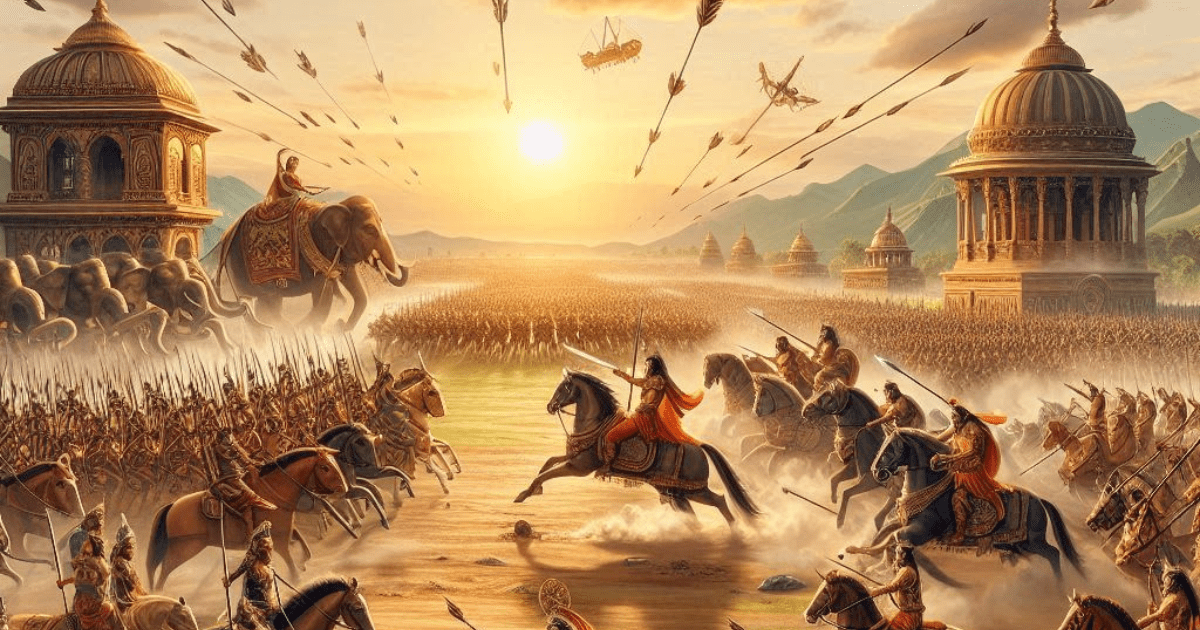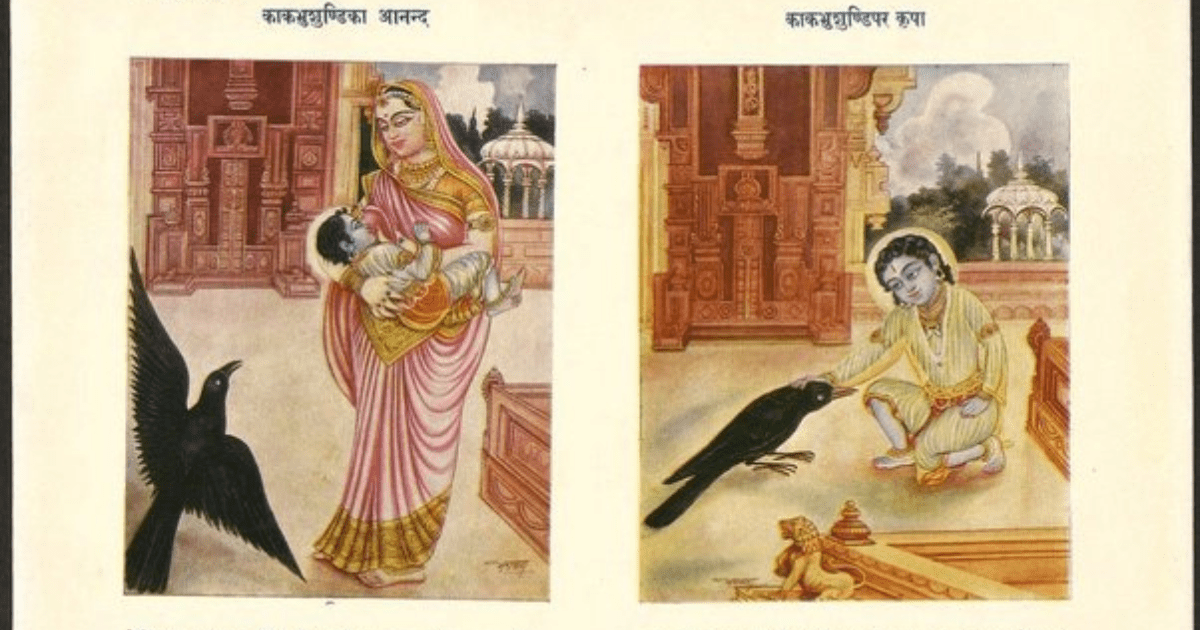The Mahabharata war lasted exactly 18 days. No more, no less. But in those 18 days, everything changed.
This was no ordinary battle. Fought on the fields of Kurukshetra, it was a brutal struggle between the Pandavas and the Kauravas—two branches of the Kuru dynasty, both claiming the throne of Hastinapura. Politics, strategy, and betrayal shaped each day. So did bloodshed.
Every dawn saw shifting alliances. Every dusk counted losses. Some of the greatest warriors—Bhishma, Drona, Karna, Abhimanyu—met their fate on this battlefield. And amidst it all, Lord Krishna delivered the Bhagavad Gita, a lesson on duty and war that still holds relevance today. Understanding these 18 days isn’t just about knowing history. It’s about seeing how war reshapes everything—power, morality, even the future.
In this article, I’ll break down the 18 days of the Mahabharata war. Whether you’re here to find out how long was Mahabharata war or to explore what happened each day, you’re in the right place. Let’s dive in—you’ll get all the details, minus the fluff.
Table of Contents
How Many Days Kurukshetra War Lasted?
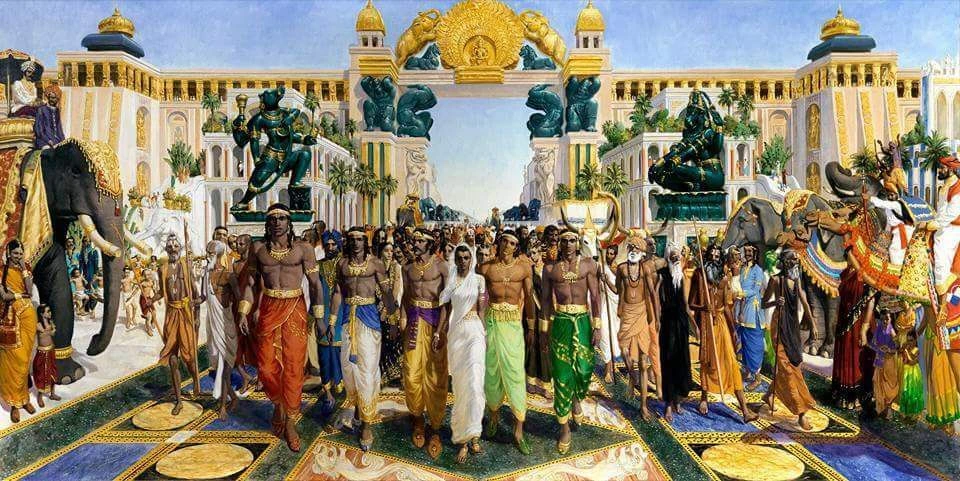
The Mahabharata war, also known as the Kurukshetra War, lasted for 18 days. A short span, but one that shaped history and culture. The war was fought between the Pandavas and the Kauravas and involved a total of 18 Akshauhinis (military formations)—7 on the Pandava side and 11 on the Kaurava side.
The Mahabharata gives a day-by-day account of the war. Every battle began at sunrise and ended by sunset. No pauses, no mercy, warriors on both sides fought relentlessly—Arjuna, Bhima, Duryodhana, Karna, Bhishma, Dronacharya—each leaving their mark. As the war raged on, leadership kept changing. Bhishma led the Kauravas for the first 10 days—until he fell. Then came Drona, holding command from days 11 to 15. Karna took over for the next two. On the final day, it was Shalya. In the midst of it all, on day 1 itself, Arjuna hesitated. Doubt crept inside his heart. And that’s when Lord Krishna spoke to him- Bhagavad Gita was born.
The war was shaped by moments that couldn’t be undone. Arjuna clashed with Bhishma on Day 2. Abhimanyu fell in the Chakravyuha on Day 13. Karna met his fate on Day 17. And on the final day, Bhima brought Duryodhana down. When the dust settled, only 11 remained—five Pandavas, Krishna, Satyaki, Ashwatthama, Kripa, Yuyutsu, and Kritavarma. Everyone else was gone.
The war lasted just 18 days. But the conflict? It had been brewing for years. Disputes over Hastinapura’s throne, a rigged game of dice (Chaupar), Draupadi’s humiliation—each event pushed the Pandavas and Kauravas closer to war, there was no turning back.
A Detailed Breakdown of 18 Days of the Mahabharata War
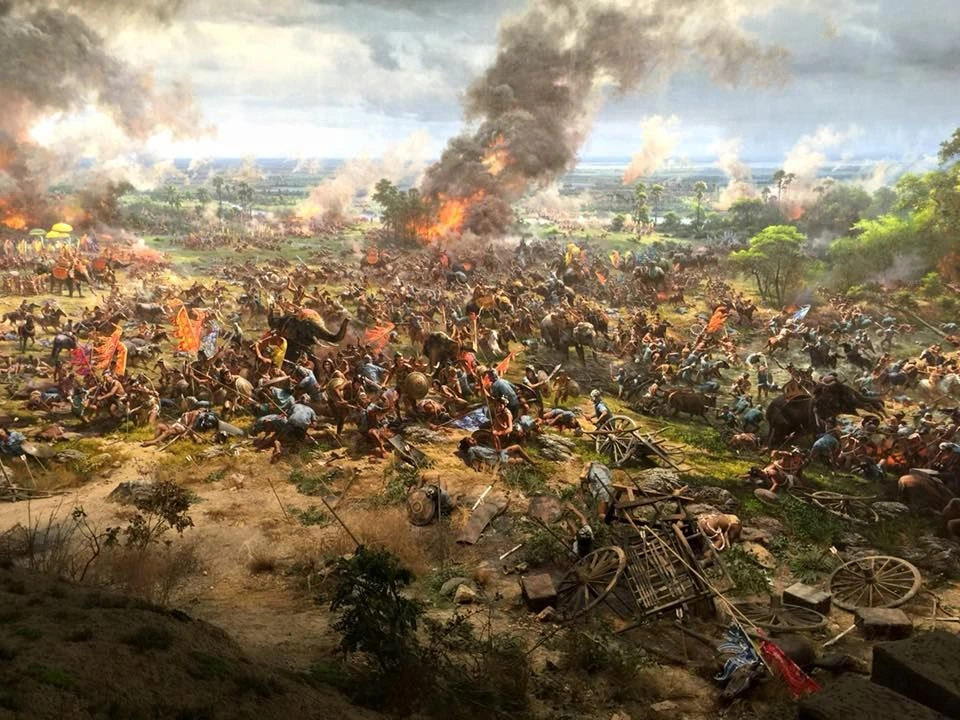
With each day bringing intense battles, shifting strategies, and heavy losses. It was more than just a fight for a kingdom—it was a struggle of principles, loyalty, and destiny. Great warriors such as Arjuna, Bhishma, Duryodhana, Karna, Drona, and Krishna played crucial roles in shaping the war’s outcome. Here is a breakdown of all the major things that happened and the key events and timeline of the 18 days of Mahabharata.
Day 1 Of Mahabharata: A Rough Start for the Pandavas
The war began with Bhishma leading the Kaurava army with relentless force. His attacks shattered the Pandava ranks, causing heavy losses early on. Dushasana fought Nakula, while Yudhishthira engaged Shalya. Draupadi’s sons, along with Abhimanyu, trying to break Bhishma’s momentum. But they couldn’t stop him. Then came the first major loss—Uttara, Virata’s son, fell to Shalya’s spear. By sunset, the Pandavas were battered and demoralized. Day 1 belonged to the Kauravas.
Day 2: The Pandavas Strike Back
Determined to recover from their losses, Arjuna aimed for Bhishma on the second day of the war. Their fight was fierce, stretching for hours but neither held back. Meanwhile, Satyaki targeted Bhishma’s charioteer and killed him. Without control over his horses, Bhishma was forced to pull back—giving the Pandavas a much-needed advantage. Seizing the moment, they struck hard, inflicting heavy losses on the Kaurava army and gained a upper hand.
Day 3: Celestial Weapons Unleashed
The battle escalated and divine weapons tore through the sky. Bhishma fired the Praswapastra, a barrage of arrows that struck like a storm, tearing through Pandava’s army. But Arjuna stood firm. He raised his Gandiva, drawing the Aindra Astra, a powerful weapon that crackled with energy, piercing through Bhishma’s assault and cutting through the air like lightning.
Meanwhile, Abhimanyu and Satyaki tore through Shakuni’s Gandhara army, breaking their formations. Elsewhere, Bhima and Duryodhana locked in a brutal fight. No hesitation. No mercy. Bhima swung his Gada, a heavy iron mace built to crush anything in its path. Each strike sent shockwaves through the ground. The war wasn’t over. Not even close. But today, Pandava had the edge.
Day 4: Bhima’s Rampage

Bhima was relentless. His fury shook the battlefield. He tore through the Kaurava ranks, cutting down warriors with brutal efficiency. Among the fallen were Vrihadkshatra, Jalasandha, Satyavrata, Chandravarman, and Dhanurjay, all seasoned fighters. Duryodhana watched all this in horror. His best warriors were falling like leaves in a storm. Then came the breaking point—Bhima struck down Durmukha and Dushpradarshana, two of Duryodhana’s own brothers. If Bhima wasn’t stopped, the Kaurava forces would crumble.
Duryodhana ordered an elephant division to charge. Hundreds of war elephants thundered forward, their tusks gleaming, their riders armed. But Bhima was ready. He leaped onto one beast, smashed its skull, and sent it crashing to the ground. Ghatotkacha joined him, using his Rakshasa powers to create illusions. The elephants ran wild, trampling their own men. Chaos erupted.
Then came King Bhagadatta, mounted on his massive war elephant, Sujata. His lance gleamed as he charged. Bhima swung his mace, but Bhagadatta’s precise strikes forced him back. For the first time that day, Bhima’s rampage slowed.
Day 5: Bhima Rescues Satyaki
The Pandava army reeled under Bhishma’s relentless assault. Then came a dire moment. Drona, a master strategist, locked onto Satyaki. His attacks were swift, precise. Satyaki, despite his skill, struggled under the relentless barrage. Drona’s arrows shattered his bow. His chariot broke apart. He staggered, vulnerable. Death loomed. Bhima saw it, he charged. Bhima’s war cry thundered across the battlefield. Swinging his massive mace, Bhima smashed through Drona’s ranks, sending soldiers flying. Bhima reached Satyaki just in time. He pulled him onto his own chariot and roared, “You’ll have to kill me first, Acharya!” Drona hesitated. Just for a moment. That was enough. Bhima’s charioteer turned, and they raced back toward Pandava lines.
Day 6: Defeat of the Kauravas
Drona wreaked havoc on the Pandava army, cutting down warriors with deadly precision. But Bhima struck back and managed to reach near Duryodhana. Then Bhima’s landed a devastating strike Duryodhana collapsed, gasping for breath, dazed and vulnerable. Victory was within reach. But before Bhima could finish him, Karna, Kripa, and Ashwatthama intervened, rescuing Duryodhana just in time.
Day 7: Kauravas Strike Back
The Pandavas struggled on the 7th Day. Drona’s precision was lethal, cutting through their warriors with ease. Then came the breaking point—Sankha, Virata’s son, fell to his arrows. Morale wavered. The battlefield turned chaotic. Duryodhana pressed the advantage, his commanders pushing deeper into Pandava lines. The Pandavas fought back, but cracks began to show. By dusk, the Kauravas stood dominant.
Day 8: Defeat for the Kauravas
Bhima stormed through the Kaurava ranks, unstoppable. His mace crushed warriors left and right. Then, with calculated fury, he slaughtered 17 of Dhritarashtra’s sons, each falling before they could even react. Meanwhile, on another front, Iravan, son of Arjuna, fought fiercely on the 8th day. He cut down five of Shakuni’s brothers, his sword swift and merciless. But vengeance came fast—Alamvusha, the Rakshasa, struck from the shadows. A brutal duel followed. Iravan fought valiantly but he fell. The loss stung, but the Pandavas didn’t falter. By dusk, they had shattered the Kaurava formations.
Day 9: Shikhandi as a Shield
Bhishma remained unstoppable, cutting down Pandava soldiers with ease. No warrior could match him. Then came Krishna’s plan. On Day 9, Krishna reminded Arjuna: Bhishma had vowed never to fight a woman or a eunuch. Shikhandi, born as Amba in a past life and reborn as a warrior, carried a deep grudge against Bhishma. This was their chance.
Arjuna hesitated. Could he really strike down his own grandsire? Krishna’s voice cut through his doubt—”Fight, Arjuna. Now is the time.” Arjuna obeyed. Using Shikhandi as a shield, he let loose a barrage of arrows. Bhishma, true to his word, did not retaliate. The mighty warrior stood still as Arjuna’s arrows pierced his armor, his body, his very soul.
Day 10: Death of Bhishma
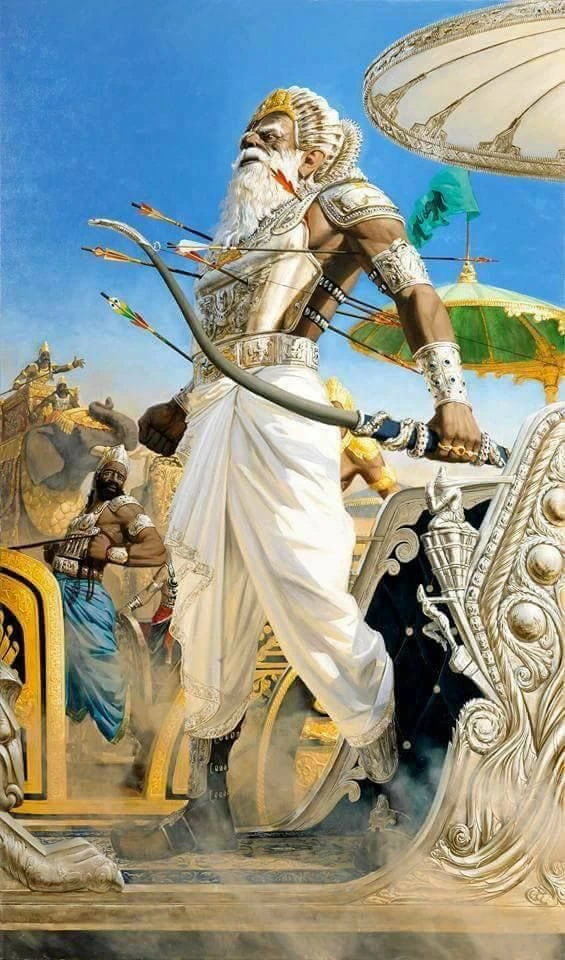
The battlefield held its breath. The grandsire of the Kuru dynasty, Bhishma, stood tall, his chariot unmoving, on ground and vulnerable. He had fought like a god for nine relentless days, but Day 10 was different. Arjuna stepped forward. His bow, Gandiva, hummed with divine energy. He hesitated for a moment, looking at the man who had once cradled him as a child. With Shikhandi leading the charge, Arjuna let his arrows fly.
Bhishma did not resist. His code of honor bound him tighter than chains. He would not raise a weapon against Shikhandi, who had been born as a woman. The arrows rained down. One. Ten. A hundred. They pierced his armor, his flesh, his soul. Still, he stood. Then, the final volley. Arjuna, eyes blazing with determination, shot a stream of arrows that struck Bhishma’s chest and limbs, lifting him off his chariot. But Bhishma did not fall to the ground. The arrows held him aloft, forming a cruel, unyielding bed.
As blood dripped from his wounds, Bhishma looked towards the sky. He would not leave yet. He would wait for Uttarayana, the sacred shift of the sun. Until then, he would endure, just as he always had. The Kauravas shuddered. The mightiest warrior among them was gone. The war had changed. And so had fate.
Day 11: Drona Becomes Commander
With Bhishma lying on his bed of arrows, the Kauravas needed a new leader. Duryodhana turned to Drona. Drona launched a brutal counteroffensive. Drona restructured the Kaurava army, deploying intricate formations to trap the Pandavas. His strategy was clear—not just to fight, but to annihilate. The battlefield saw a shift. The Kauravas, fueled by desperation and Drona’s tactical mind, struck with renewed ferocity. Day 11 belonged to Drona.
Day 12: Chakravyuha Formation

Drona unleashed the Chakravyuha, a near-impenetrable spiral formation. It was a trap—for Arjuna. But fate had other plans. Arjuna was lured away, leaving the Pandavas vulnerable. In his absence, Abhimanyu stepped forward in the Padma Vyuha. Young but fearless, he broke into the Padma Vyuha Chakravyuha formation with unmatched skill. But once inside, the path shut behind him as he did not know how to move out. The Kauravas swarmed. Dushasana struck first, Karna followed. The young Abhimanyu fought fiercely, holding back veterans twice his age. But the odds were brutal for Pandaves on the Day 12 of war. Isolated and outnumbered.
Day 13: Abhimanyu’s Death
The Pandavas were shattered. Abhimanyu was gone. Murdered, not just slain. Six warriors attacked him at once. No honor. No fairness. rief turned to fury. Arjuna vowed revenge. His arrows would speak for his son. The war had changed. It was no longer about victory—it was about vengeance. The Kauravas panicked. Karna, Drona, Dushasana, Shakuni, Kripa, and Ashwatthama surrounded him. Six against one. He fought like a lion, breaking chariots, slaying warriors. But his weapons broke. His chariot was wrecked. His bow was snapped.
Defenseless, he picked up a chariot wheel. He refused to surrender. But the enemy showed no mercy. Dushasana’s son struck him down. That night, Arjuna took a vow. By sunset tomorrow, he would kill Jayadratha, the man who blocked Abhimanyu’s escape. If he failed, he would step into the fire himself. The war had become personal.
Day 14: The Night Battle Turns Brutal
Ghatotkacha, Bhima’s mighty Rakshasa son, became the Pandavas’ trump card. He unleashed terrifying illusions, confusing the Kaurava forces. His size grew monstrous. His attacks, relentless. Duryodhana panicked as his soldiers fell like leaves in a storm. Karna, desperate to stop him, was left with no choice. He used Indra’s divine weapon, the Vasavi Shakti—a one-time-use celestial dart given to him by the king of gods. The weapon struck true. Ghatotkacha let out a final roar. But before dying, he made his body grow even larger, crushing countless Kaurava soldiers beneath him.
Day 15: Death of Drona
Drona was unstoppable. His mastery of warfare overwhelmed the Pandavas. Every arrow he shot found its mark, every move calculated. The Pandava army crumbled under his command. Something had to be done. Krishna devised a cruel yet necessary plan. Bhima killed an elephant named Ashwatthama—a deception in the making. Yudhishthira, known for his unwavering honesty, then declared, “Ashwatthama is dead…” but murmured under his breath, “…the elephant, not the man.” Drona, trusting Yudhishthira’s words, felt his heart sink. His son, his pride—gone? His spirit broke. With trembling hands, he let go of his weapons. The moment of vulnerability was all Drishtadyumna needed. With a swift strike, he ended Drona’s life, avenging his father, Drupada.
Day 16: Karna Takes Command of Kauravas
With Drona gone, Karna finally stepped into the role he had long awaited—supreme commander of the Kaurava forces. His presence electrified the battlefield. He tore through enemy lines, his Vijaya bow unleashing arrows like a relentless storm. Arjuna and Karna clashed multiple times, each encounter a test of skill and fate. Meanwhile, Karna’s younger brother, Vrishasena, fought fiercely, wounding Nakula and Sahadeva. But Karna’s true focus remained Arjuna. The final battle between him and Arjuna was just a sunrise away.
Day 17: The Fall of Karna
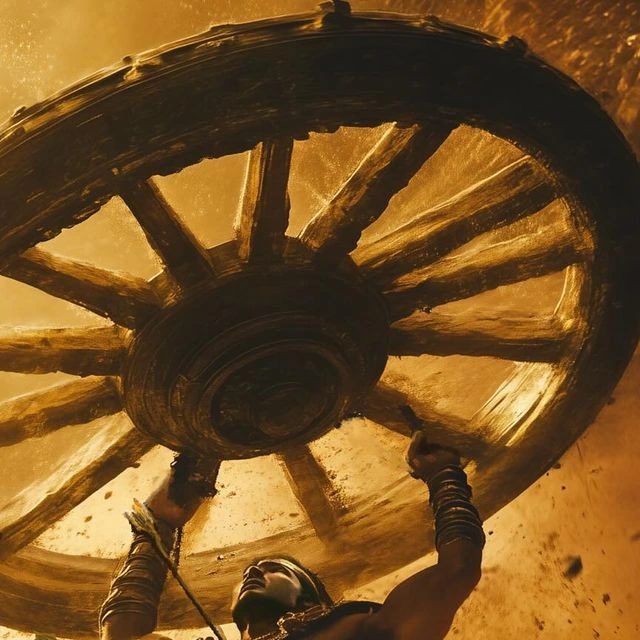
The long-awaited duel between Arjuna and Karna finally arrived on the Day 17. Arrows rained from both warriors, lighting up the battlefield like a storm of fire. Karna, wielding his Vijaya bow, matched Arjuna strike for strike, forcing even Krishna to acknowledge his brilliance. But fate had already decided its course. As Karna’s chariot wheel sank into the mud, he struggled to free it. In that moment, Krishna urged Arjuna to strike. Karna, bound by his warrior’s code, could not retaliate. With a single arrow, Arjuna pierced his chest. As Karna fell, the battlefield fell silent. A great warrior was lost, and with him, the Kauravas’ last hope of victory.
Day 18: The End of the Mahabharata
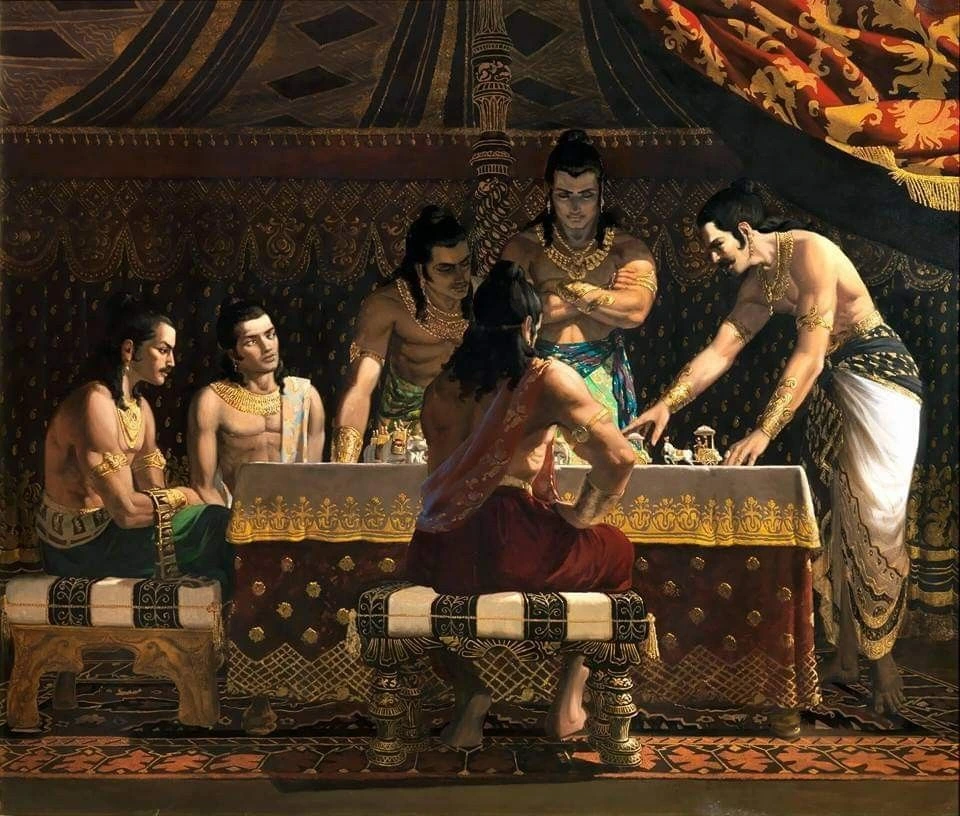
The final sunrise over Kurukshetra marked the last chapter of the great war. With most of his warriors slain, Duryodhana appointed Shalya as the commander, but Yudhishthira struck him down in battle. Sahadeva avenged Draupadi’s dishonor by slaying Shakuni, the mastermind behind the dice game. Realizing his inevitable defeat, Duryodhana fled and submerged himself in a lake, hoping to escape. But Krishna, ever the strategist, led the Pandavas to his hiding place. Forced into a final duel, Bhima and Duryodhana clashed in a brutal mace fight.
Duryodhana fought fiercely, but Krishna reminded Bhima of his vow. With a devastating strike below the waist, Bhima shattered Duryodhana’s thighs, leaving him mortally wounded—an act against the rules, yet justified as divine retribution. That night, vengeance brewed. Ashwatthama, along with Kripa and Kritavarma, launched a ruthless assault on the Pandava camp. In an act of rage, he slaughtered Draupadi’s five sons, along with warriors like Drishtadyumna, ending the war with a massacre in the shadows.
Conclusion
Mahabharata lasted for 18 relentless days, warriors wielded celestial weapons, kingdoms crumbled, and personal vendettas shaped the course of Mahabharata. Bonds of brotherhood shattered, and even the noblest found themselves trapped in moral dilemmas. From Bhishma’s dominance in the early days to Drona’s tactical warfare, Karna’s resilience, and Duryodhana’s desperate final stand, each day brought new twists. By the 18th day, millions had perished, the Kauravas were annihilated, and the Pandavas emerged victorious—though at great personal loss.
If you were looking to find out how many days the battle of Mahabharata lasted, I hope this blog has provided all the answers you needed. If you love Mahabharata, don’t forget to check out our other blogs for more fascinating stories.

